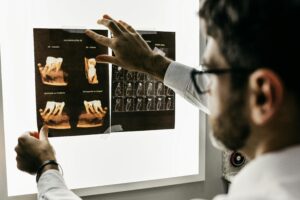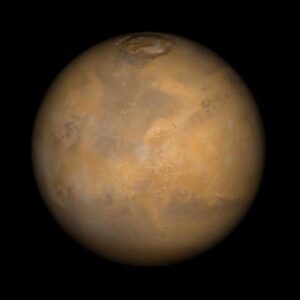
Determining the nature of dark matter, the elusive substance that constitutes most of the universe’s mass, remains one of the most significant challenges in physics. Recent findings from the LUX-ZEPLIN (LZ) experiment, the world’s most sensitive dark matter detector, have narrowed the field of possibilities for one of the primary dark matter candidates: weakly interacting massive particles (WIMPs).
“While we always hope to discover a new particle, it is important for particle physics that we are able to set bounds on what the dark matter might actually be,” stated UC Santa Barbara experimental physicist Hugh Lippincott. Despite decades of suspicion regarding dark matter’s existence, it continues to be a mysterious entity, yet it plays a crucial role in the universe’s structure.
The Hunt for Dark Matter Deep Underground
LZ conducts its search for dark matter from a cavern nearly one mile underground at the Sanford Underground Research Facility (SURF) in South Dakota. The latest results from the experiment delve into weaker dark matter interactions than ever before, further constraining the potential characteristics of WIMPs. The data analyzed spans 280 days, including a new set of 220 days collected between March 2023 and April 2024, combined with 60 days from LZ’s initial run. The experiment aims to gather 1,000 days’ worth of data by its conclusion in 2028.
The core of the LZ detector comprises two nested titanium tanks filled with ten tonnes of pure liquid xenon, creating an environment free from external “noise” and ideal for capturing faint signals indicative of WIMPs. The hope is that a WIMP will collide with a xenon nucleus, causing a detectable reaction. By collecting the light and electrons emitted during these interactions, LZ captures potential WIMP signals alongside other data.
Advanced Techniques and Collaborative Efforts
LZ’s sensitivity stems from its ability to reduce background noise, which can mimic or obscure dark matter interactions. Situated deep underground, the detector is shielded from cosmic rays. Additionally, it is constructed from thousands of ultraclean, low-radiation components to minimize natural radiation interference. The detector’s onion-like structure, with each layer designed to block radiation or track particle interactions, further aids in ruling out false signals.
UCSB was instrumental in LZ’s inception, led by physicist Harry Nelson, who hosted the first LZ meeting at UCSB in 2012. The team includes faculty members Lippincott and Nelson, postdoctoral researchers, and graduate students. The physics coordinator for the recent results, Scott Haselschwardt, emphasized the importance of avoiding unconscious bias in data analysis, a challenge addressed by the “salting” technique, which introduces fake WIMP signals during data collection to ensure objective analysis.
Challenges in Identifying WIMP Signals
Neutrons, subatomic particles found in all atoms except hydrogen, are among the most common confounders of WIMP signals. UCSB led the design of the Outer Detector (OD), a crucial component in distinguishing these particles to enable a real discovery. “The tricky thing about neutrons is that they also interact with the xenon nuclei, giving off a signal identical to what we expect from WIMPs,” explained Makayla Trask, a graduate student involved in the research.
Radon poses another challenge as a WIMP mimic. “Radon undergoes a particular sequence of decays, some of which could be mistaken for WIMPs,” noted Jack Bargemann, a recent Ph.D. recipient. The team has developed methods to identify radon decays and avoid confusing them with WIMP signals.
Implications and Future Prospects
With these results, the range of possibilities for WIMPs has significantly narrowed, allowing researchers worldwide to focus their efforts and refine models of the universe’s workings. “Our experiment is also sensitive to rare events with roots in diverse areas of physics,” remarked Chami Amarasinghe, highlighting the broader implications of the research.
The UCSB Physics Department has a long history of pioneering dark matter searches, dating back to 1988. Previous faculty members, such as David Caldwell and Michael Witherell, have made substantial contributions to the field. “UCSB has strongly supported the dark matter effort for decades,” Nelson stated.
LZ is a collaboration of approximately 250 scientists from 38 institutions across the globe, with early career researchers playing a significant role in the experiment’s success. The collaboration is already planning to analyze the next data set and explore potential upgrades to enhance LZ’s capabilities, as well as developing a next-generation detector known as XLZD.
Supported by various international scientific bodies, including the U.S. Department of Energy and the Science & Technology Facilities Council of the United Kingdom, LZ continues to push the boundaries of dark matter research. The ongoing collaboration and support from institutions worldwide underscore the global commitment to unraveling the mysteries of dark matter.






